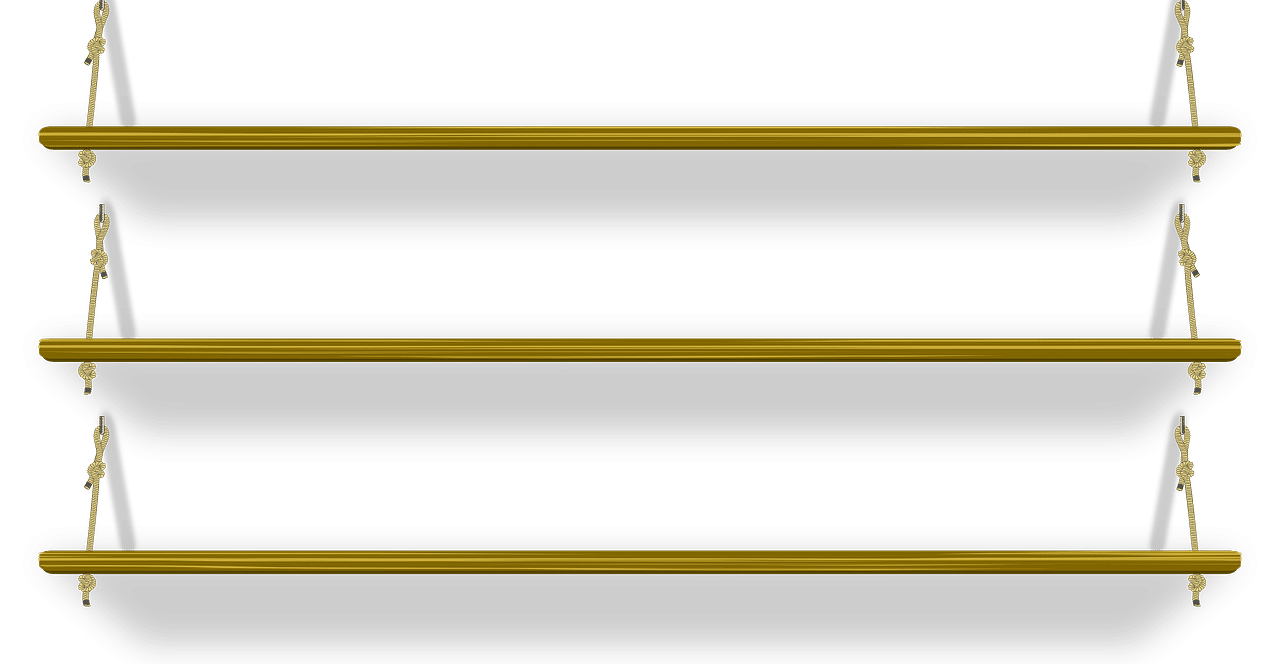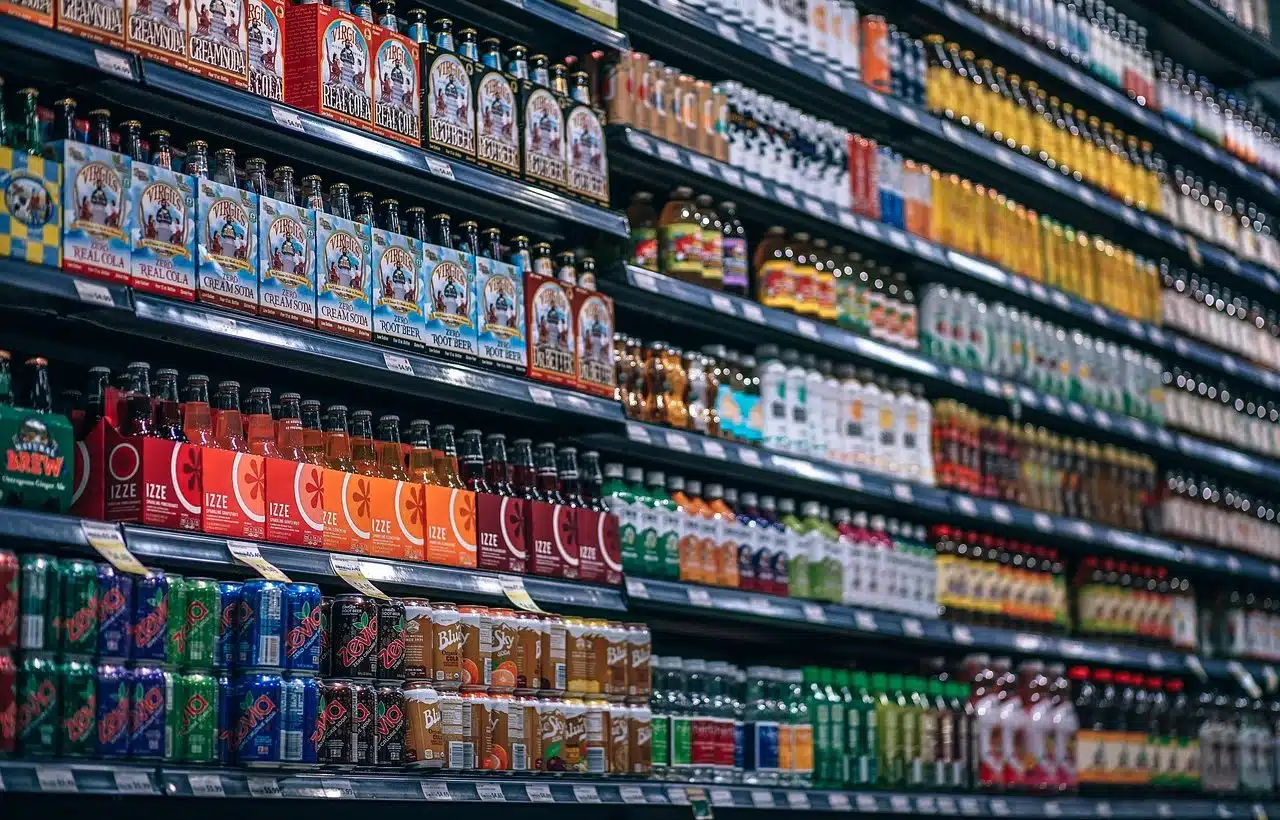
A shelf is a shelf or shelf.
A shelf is a shelf or shelf that is arranged horizontally so that objects can be placed on its surface . These elements are usually built with materials that have good resistance ; In this way, they manage to support considerable weight without breaking. There are metal, wooden and plastic shelves, to name a few options.
For example: "My grandfather has a house full of shelves with books," "Could you hand me the folder on that shelf, please?" , "We need more shelves to store the memories of our trips."
The etymological origins of the term are unclear. According to the dictionary of the Royal Spanish Academy ( RAE ), the concept could come from the Hispanic Arabic manáqil , in turn linked to the classical Arabic minqalah (which can be translated as "support" ).
Features of the shelves
It is important to keep in mind that shelves can be part of a piece of furniture (such as a closet or cupboard ) or be attached directly to a wall. There are also shelves that have legs or wheels.
One of the many advantages that the shelf has in front of a table or a desk, for example, is that it offers the possibility of taking advantage of the vertical space of the room , and this can lead to a truly considerable increase in storage capacity: In an office 5 meters high, a shelf can have many shelves , thus multiplying the space in which workers can place their materials.
On the other hand, the design of certain shelves can lead to different disadvantages. Firstly, there is the risk of it falling apart, that is, its joints loosening and collapsing; This can occur if it has not been assembled following all necessary precautions, if it is required to carry more weight than it is prepared to support, if it has been exposed to a humid environment and its material has become worn (in the case of wood , for example) or as a result of someone standing on its structure to reach one of the upper shelves, among other possibilities.
One of the most common resources to increase the resistance of the shelves is to place vertical bars every certain distance in very wide models; In this way, it is possible to reinforce the shelves and prevent them from breaking. Similarly, in many cases several shelves are joined together to create a larger one.
Much less serious is the accumulation of dust that usually occurs under the bottom shelf, although this depends on the design . If the bars that support the structure or the shelves themselves have very sharp edges, which is very common with metal shelves, there is also the risk of minor cuts.

Supermarkets use shelves to display their products.
Use in shops and homes
Many businesses usually have shelves to display their merchandise . A supermarket , in this sense, can have a large number of shelves where it places its products : drinks, food, cleaning supplies, etc. Customers walk between the shelves looking at the merchandise and choosing what to buy. Once they select the product, they take it from the shelf and can take it to the checkout to pay the corresponding price.
The supermarket is probably the type of commercial store in which the shelf is used most extensively, since it is generally the most common element throughout its facilities. Thanks to this set of shelves, sellers have the possibility to classify and group their products strategically , to capture customers' attention in a subtle way and lead them to offers, for example.
In homes, shelves are usually used to display decorative elements , such as ornaments or picture frames, although they are also used to organize and store books and other objects.
